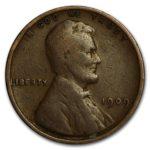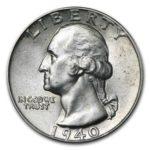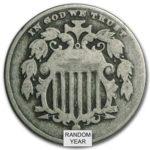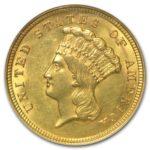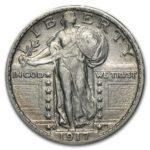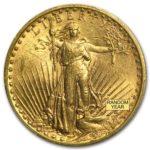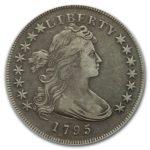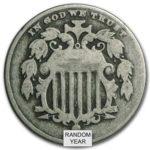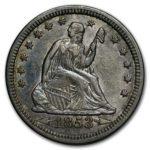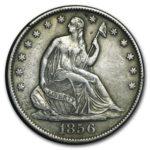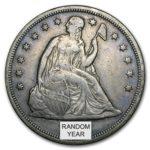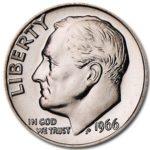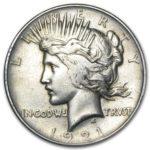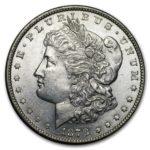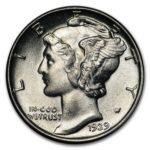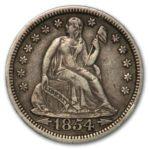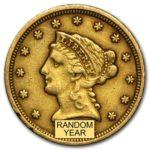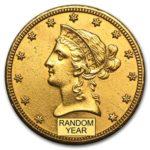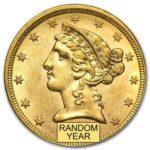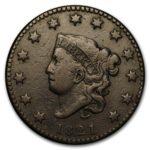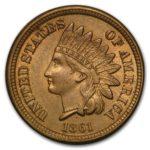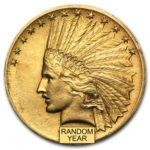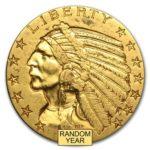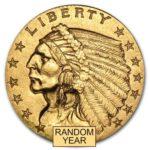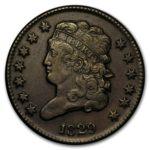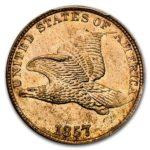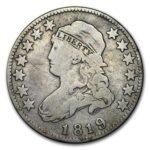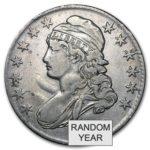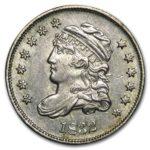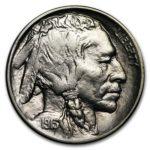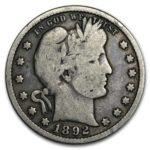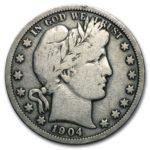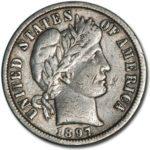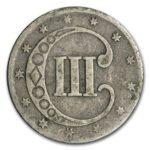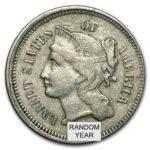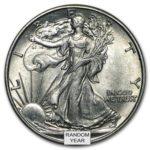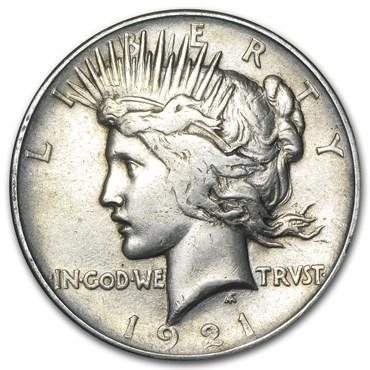
Considered one of the most famous examples of United States currency, Peace Dollars were minted from 1921 through 1935.
Popular with collectors and investors alike, this series is significant because it was the last U.S. dollar coin intended for circulation struck from Silver.
It was also the last series of dollar denomination coins in full-time production for more than 35 years, until the U.S Mint began production of the Eisenhower Dollar in 1971.
The United States Mint was established April 2, 1792, and is recognized all over the world. Primarily producing coins for the United States, the mint also strikes currency for other countries, as it has since shortly after being founded.
While the U.S. Mint got its start in Philadelphia, Pennsylvania, it quickly began to expand and needed additional facilities to continue operations.
Many coins produced by the mint carry what is known as a mintmark, a piece of identification on the individual coin that shows the minting location.
Of all dollar coins produced by the mint, the Peace Dollar is among the most recognized and in demand. This coin’s Silver content, limited mintage and rich history have made it a favorite with collectors and coin enthusiasts for decades.
From the beautiful Liberty design to the signature reeded edge, there are many reasons for the long-term popularity.
PEACE DOLLAR HISTORY
The Peace Dollar’s history can be traced back to the early 20th century. Following the passage of the Pittman Act of 1918, 270 million Silver Dollars were melted and sold to Great Britain as bullion. After purchasing a new supply of Silver from American mines, the U.S. Mint needed to strike millions of new Silver Dollar coins.
The mint chose to produce a small number of the older Morgan Dollar design until it began striking Silver Dollars using the new Peace motif in 1921.
Originally intended to commemorate the end of World War I, known then as the Great War, the idea for a Peace Dollar originated with a lobby of numismatists.
Although this lobby of currency enthusiasts was not able to persuade Congress to pass legislation requiring a new design, their message did inspire several government officials to take action voluntarily. In 1921, U.S. Secretary of the Treasury Andrew Mellon approved the official design.

PEACE DOLLAR DESIGN
The design of the Peace Dollar is the work of sculptor and medalist Anthony de Francisci. Chosen through a nationwide competition, at 34 years old, de Francisci was the youngest competitor.
When first released, the design included a broken sword. After an outcry of concern from the public that the damaged weapon seemed to be a symbol of defeat, the sword figure was removed from the overall design.
The Peace Dollar’s obverse showcases the head, neck and flowing hair of Lady Liberty, shown in profile with a radiant crown on her head. The portrait of Liberty seems to have been styled after the features of his wife, Teresa de Francisci.
In addition to this female profile, the coin’s obverse features the phrase “In God We Trust” and the word “Liberty” in capital letters across the top edge. The mint year and artist monogram are also inscribed below the neck.
The reverse features the iconic American bald eagle resting with an olive branch, long regarded as a symbol of friendship and goodwill. The bald eagle is sitting on a stone perch with beaming rays of sunlight overhead.
The word “Peace” is minted along the bottom edge of the reverse, and the top edge features the inscriptions “United States of America,” “E. Pluribus Unum,” and the currency increment “One Dollar.” The original design with the aforementioned broken sword depicted a more warlike bald eagle, clutching the two pieces.
POPULARITY AMONG COLLECTORS
For collectors, the Peace Dollar is famous not only because of its limited mintage but also its historical significance and inspired beauty. Because this coin is emblematic of peace and reconciliation following World War I, collectors view it as a bona fide artifact of American history.
The Peace Dollar is also significant among collectors because it was the last dollar coin containing Silver to be struck for circulation purposes.
As with many other limited edition types of coinage, the popularity of Peace Dollars may also depend on the release year. The earliest edition is nearly 100 years old and many are still in fine condition. Peace Dollars minted in 1921 were only lightly struck at the center of the obverse, so the hair detail is frequently indistinguishable in at least one area.
The size and location of this spot may vary somewhat. Many coins from this series were struck from dies that were overused, which gives a grainy appearance to the obverse side of select examples.
Some earlier coins were struck with high relief in the design, which caused a weakness in the center. Although the high-relief coins were previously thought to have been melted down, at least one example has since surfaced.
The design of the Peace Dollar was changed to low relief in 1922. Other known variations include a die break in the hair from the 1923 minting and a missing sun ray from some coins minted in 1925.
Many believe that the 1921 Peace Dollar is the closest to de Francisci’s original design. This coin is not considered rare, but it is much harder to obtain, especially in upper mint-state grades. Most numismatists would agree the 1928 edition is the scarcest, with only 360,649 minted for circulation.
Peace Dollar Values
| DATE | GOOD | FINE | EXTREMELY FINE | UNCIRCULATED |
|---|---|---|---|---|
| 1921 Peace Dollars, High Relief | N/A | N/A | $140 | $275 |
| 1922 Peace Dollars, Normal Relief | N/A | N/A | $28 | $32 |
| 1923 Peace Dollars | N/A | N/A | $28 | $32 |
| 1924 Peace Dollars | N/A | N/A | $28 | $32 |
| 1925 Peace Dollars | N/A | N/A | $28 | $32 |
| 1926 Peace Dollars | N/A | N/A | $37 | $52 |
| 1927 Peace Dollars | N/A | N/A | $42 | $85 |
| 1928 Peace Dollars | N/A | N/A | $320 | $475 |
| 1929 Peace Dollars | N/A | N/A | N/A | N/A |
| 1930 Peace Dollars | N/A | N/A | N/A | N/A |
| 1931 Peace Dollars | N/A | N/A | N/A | N/A |
| 1932 Peace Dollars | N/A | N/A | N/A | N/A |
| 1933 Peace Dollars | N/A | N/A | N/A | N/A |
| 1934 Peace Dollars | N/A | N/A | $45 | $115 |
| 1935 Peace Dollars | N/A | N/A | $45 | $85 |


